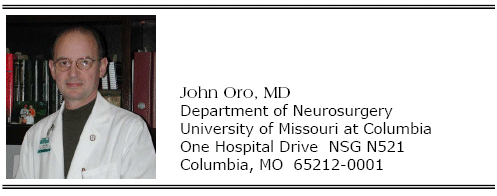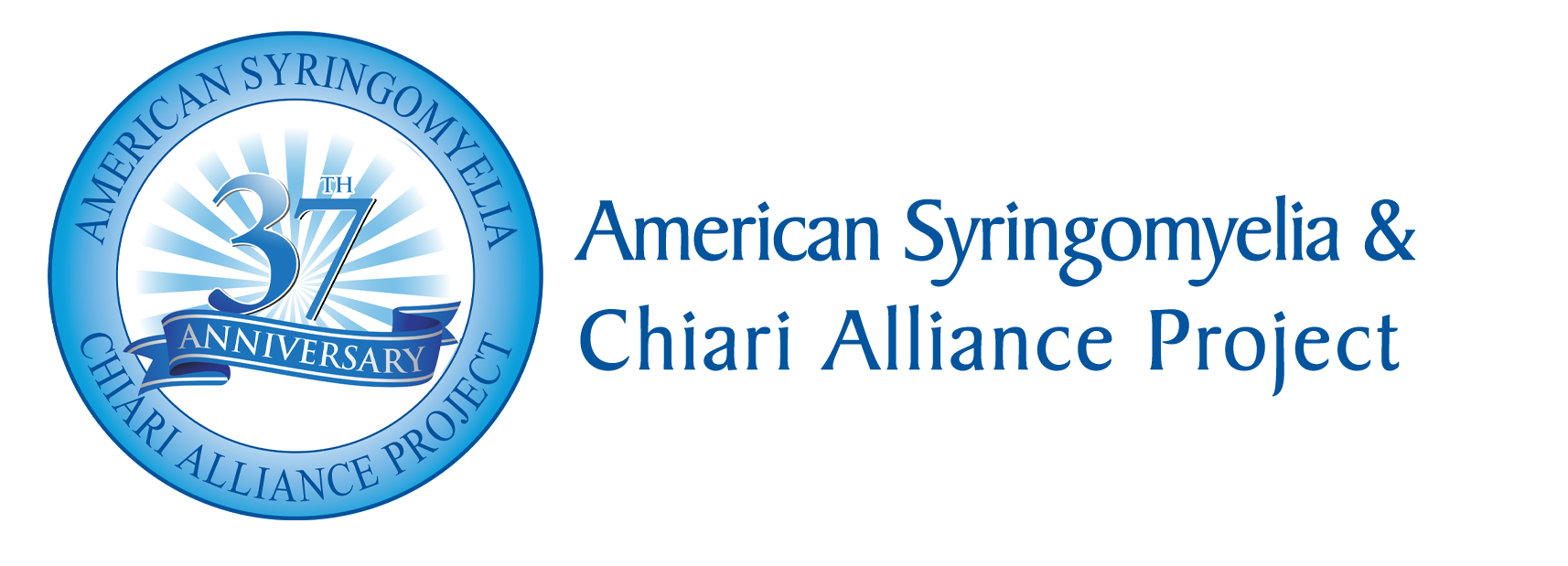Treatment Options
Patients presenting with symptoms from the Chiari malformation often have received a variety of therapies. This can include medications such as analgesics, anti-inflammatories, sedatives, anticonvulsants, antispasmotics, diuretics, and steroids. Evaluation by a neurologist to evaluate for other neurological disorders is important.
Physical therapy may be of help in some patients and evaluation by a chronic pain specialist may be of help in others.
Surgical treatment of the Chiari malformation involves creating more space at the region of the foramen magnum to allow the spinal flow in this area to return toward normal. This is a done by a procedure called a posterior fossa decompression. The surgery is performed by creating an incision at the back of the head into the upper part of the neck. The muscles are spread to either side and the occipital bone and the back of the C1 vertebrae are visualized. Skull bone and often the arch of C1 (in some cases C2) are removed. Under the bone is a tough membrane called the dura. The surgeon then opens the dura. Here, the surgical technique varies depending on the practice of the surgeon. Some surgeons open the next layer called the arachnoid and may shrink the tips of the tonsils with electrocautery. Others do not open the arachnoid. Studies to date do not tell us which is best procedure. There is no documented untoward effect from shrinking the tonsils. The important point is to create more room and thus remove the crowding. Most surgeons will then sew a patch of material into the dura to enlarge the foramen magnum. The wound is then closed with stitches to bring the muscles together and stitches or staples on the skin.
There are some risks to surgery including pseudomeningocele (leak of spinal fluid through the membrane repair creating a fluid pocket in the muscle), infection, either in the wound or in the spinal fluid (meningitis), occipital neuralgia, and neurological deficit such as an injury, hemorrhage, or stroke. There are also the risks of any major surgery such as pneumonia, or cardiac problems.
In deciding whether to consider surgical treatment, the person affected by the Chiari I malformation should weigh the quality of their life versus what they understand about the possible benefits and risks. It is important to ask questions until one is comfortable with their understanding of the procedure, the possible benefits, and the associated risks.


